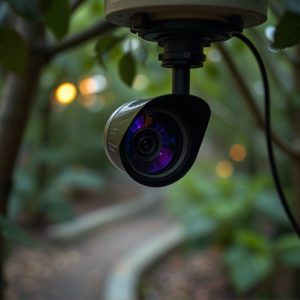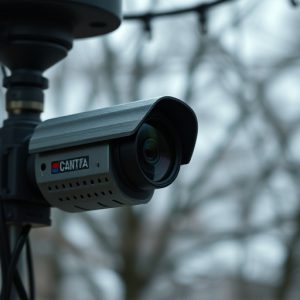Unveiling Hidden Surveillance: Common Spots for Remote Viewing Systems
Modern hidden surveillance devices, often disguised as decorative items, are commonly found in centr…….
Modern hidden surveillance devices, often disguised as decorative items, are commonly found in central living areas and intimate spaces like kitchens, living rooms, bedrooms, and bathrooms. These include remote viewing nanny surveillance systems, which raise serious privacy concerns by enabling observation of daily activities. Consumers should remain vigilant, check unfamiliar devices, and take proactive steps to protect their privacy, especially in personal areas where such systems are installed without transparency, potentially violating reasonable expectations of privacy. Balancing security and individual autonomy is crucial as these technologies evolve.
Uncover the most common spots for hidden surveillance devices, from home environments to sophisticated remote viewing technology. This comprehensive guide delves into the subtle yet strategic placement of monitoring equipment, focusing on both traditional and modern applications like nanny surveillance systems.
Learn where to hide cameras in your kitchen, bedrooms, and even within everyday items like clocks and picture frames. Explore the best locations for remote viewing devices, utilizing windows, entryways, and high-traffic areas to ensure discreet yet effective surveillance without compromising comfort or privacy.
- Common Areas in Homes for Hidden Surveillance Devices
- – Kitchen and dining areas
- – Bedrooms and bathrooms
Common Areas in Homes for Hidden Surveillance Devices
In modern homes, a variety of common areas often serve as prime locations for hidden surveillance devices. Kitchens and living rooms are particularly susceptible due to their centrality in daily life—a remote viewing nanny surveillance system, for instance, might be disguised behind a decorative wall clock or a stylish indoor plant. These spaces offer unobstructed views of activity while remaining discreet.
Bedrooms, another common spot, may harbor devices designed to capture intimate moments without awareness. Hidden cameras could be disguised as everyday items like light switches or fire alarms. Bathrooms also present opportunities, with devices cleverly hidden in shower curtains or behind mirrors, taking advantage of the steamy environment to remain undetected.
– Kitchen and dining areas
In many homes, the kitchen and dining areas serve as bustling hubs where families gather for meals and interactions. Unfortunately, this familiarity can make them unsuspecting locations for hidden surveillance devices. A sophisticated Remote Viewing Nanny Surveillance System could be concealed within seemingly innocuous objects like a decorative candle, a faux electrical outlet, or even a stylish vase. These devices allow for discreet observation of activities in the kitchen and dining room, raising privacy concerns for residents.
It’s crucial to remember that what appears to be an ordinary kitchen accessory might hide advanced technology capable of remote viewing. To protect your personal space, it’s essential to remain vigilant and consider regular security checks, especially when dealing with new or unfamiliar devices. This proactive approach can help ensure that your intimate moments in these areas remain just that—private and free from unwanted prying eyes.
– Bedrooms and bathrooms
In the private sanctuary of bedrooms and bathrooms, the presence of hidden surveillance devices can go unnoticed by their owners yet provide a sense of security to others. These intimate spaces often become prime targets for remote viewing nanny surveillance systems, as they allow for constant monitoring of activities within the home. From discreetly placed cameras capturing every corner of the bedroom to audio devices picking up conversations in the bathroom, these hidden tools offer a level of control and observation that raises concerns about privacy.
It’s important to note that while remote viewing systems claim to provide peace of mind, the ethical implications cannot be overlooked. The installation of such devices in bedrooms and bathrooms may violate the expectation of privacy, especially if not disclosed to residents or users of the space. As technology advances, it becomes increasingly crucial to strike a balance between security and personal boundaries, ensuring that measures like these do not infringe upon the autonomy and dignity of individuals within the home.
In conclusion, understanding the common spots for hidden surveillance devices, such as kitchens, bedrooms, and bathrooms, is crucial for homeowners seeking peace of mind. With remote viewing nanny surveillance systems available, parents can now keep an eye on their loved ones even when they’re away. By being aware of these locations, you can ensure your home is secure and maintain a private environment while still benefiting from advanced technology.


